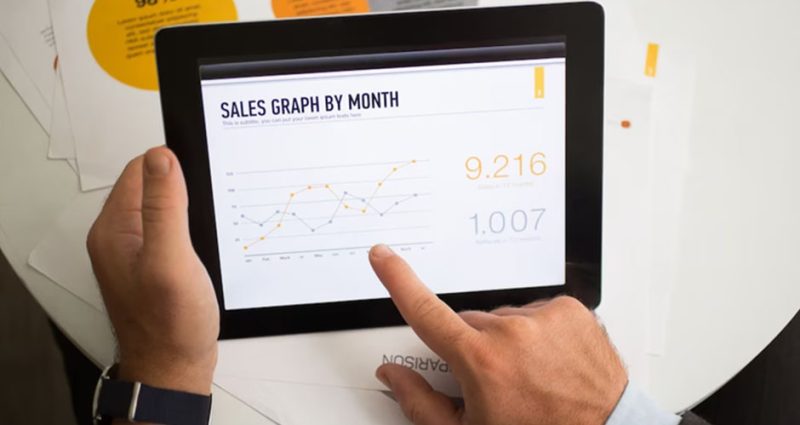In the ever-evolving world of digital marketing, businesses strive to optimize their online presence to drive higher engagement, conversions, and revenue. A/B split testing, also known as A/B testing or split testing, is a powerful technique that helps marketers make data-driven decisions and refine their strategies. Let’s explore the concept of A/B split testing and its relevance in the realm of digital marketing.
A/B split testing is a method of comparing two different versions of a web page, email, ad, or any digital asset to determine which one performs better. It involves dividing your audience into two groups and exposing each group to a different variant (A or B). By measuring user behavior and analyzing the results, marketers can identify the more effective variant and make informed optimizations.

Data-driven decision making: A/B split testing allows marketers to base their decisions on solid evidence rather than assumptions or guesswork. By testing different elements, such as headlines, visuals, calls-to-action, or landing page layouts, marketers gain insights into what resonates best with their target audience.

Improved conversion rates: By constantly testing and refining different elements, marketers can optimize their digital marketing assets for higher conversion rates. Small tweaks, like changing the color of a button or altering the placement of a form, can have a significant impact on user behavior and ultimately drive more conversions.

Enhance user experience: A/B split testing enables marketers to experiment with user experience elements, such as website navigation, mobile responsiveness, or load times. By identifying and rectifying pain points, businesses can provide a seamless and satisfying experience for their visitors, leading to increased engagement and loyalty.

Efficient resource allocation: Digital marketing budgets are often limited, and A/B split testing helps allocate resources more effectively. By testing different marketing strategies or advertising channels, businesses can optimize their spending and focus on the tactics that deliver the best return on investment (ROI).

Continuous improvement: A/B split testing fosters a culture of continuous improvement within digital marketing teams. It encourages a mindset of experimentation, learning from failures, and iterating on successes. By constantly refining and optimizing campaigns, businesses stay ahead of the competition and adapt to changing market dynamics.

Find out more about How to grow your business with digital marketing and unlock the potential for success in the online landscape.
Complexity and Time-Consuming: A/B split testing requires careful planning, implementation, and analysis, which can be complex and time-consuming for marketers. It involves creating multiple variants, tracking data accurately, and interpreting results effectively, adding an extra layer of workload.
Sample Size Limitations: A/B split testing relies on having a sufficiently large sample size to yield statistically significant results. However, in some cases, businesses may struggle to gather a significant volume of data, making it challenging to draw reliable conclusions from the tests.

Risk of Misinterpretation: The interpretation of A/B split testing results can be subjective and prone to bias. Marketers may misinterpret the data or draw incorrect conclusions, leading to misguided optimizations that don’t yield the expected results.

Resource Intensive: Implementing A/B split testing requires additional resources, including time, expertise, and technology. For smaller businesses or those with limited resources, investing in comprehensive A/B testing practices may pose a financial challenge.

Despite these challenges, when executed correctly and with the right resources, A/B split testing remains a valuable tool in the digital marketing arsenal, helping businesses make data-driven decisions, optimize campaigns, and drive success in the competitive digital landscape.
In the digital marketing landscape, where competition is fierce and customer expectations are high, A/B split testing provides a valuable tool for driving success. By leveraging data-driven insights and optimizing marketing assets, businesses can improve conversion rates, enhance user experience, and allocate resources more efficiently. Embracing A/B split testing as a core strategy empowers marketers to stay relevant, engage their audience effectively, and achieve long-term success in the digital realm.